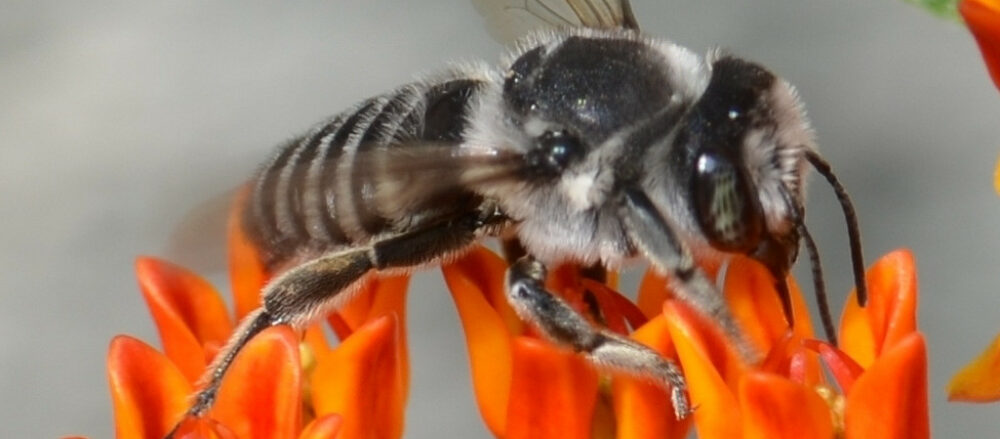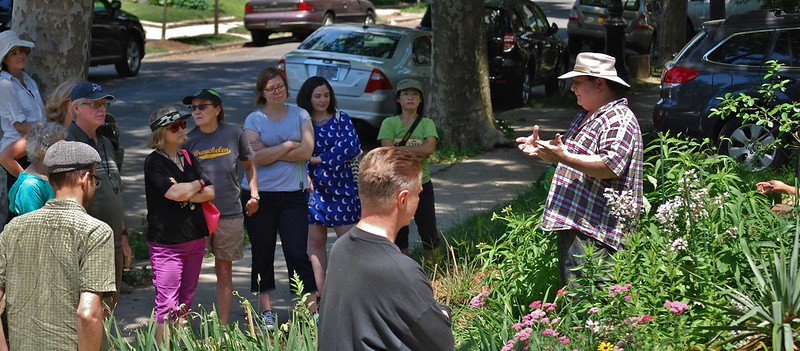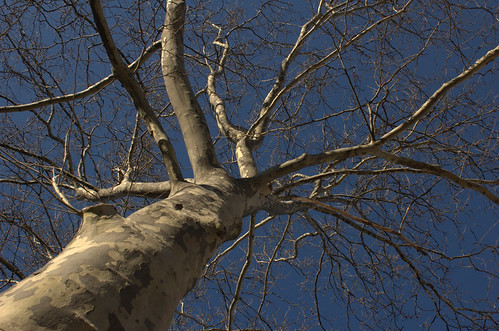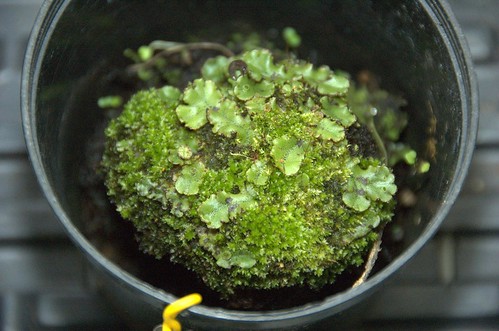I know Fall lingers on, and we haven’t even reached the Winter Solstice, but it’s time to start thinking about Spring! Registration for the Brooklyn Botanic Garden‘s Winter and Spring classes begins this Saturday, December 1. In addition to professional education, such as programs for Certificates in Horticulture or Floral Design, Brooklyn GreenBridge, BBG’s Community Horticulture program, offers free and low-cost education to Brooklyn residents and communities:
Brooklyn GreenBridge is BBG’s community horticulture program, including our Brooklyn Compost Project. For a free copy of our newsletter and more information about GreenBridge programs and events, call 718-623-7250. To reach our compost help line, call 718-623-7290. All classes are free, but you must preregister at 718-623-7220 unless otherwise indicated.
All classes are held at the Brooklyn Botanic Garden. All classes are free but require registration. I’ve highlighted some upcoming classes below. See their Web site for registration information and the complete class schedule.
Composting in the City
Thursday, January 17, 6–8 p.m.
Leaves, kitchen scraps, garden trimmings, and weeds can all become garden gold through composting. Making dark, rich, crumbly compost doesn’t take much time, work, or space. This class covers the essentials: the composting process, how to compost even in small city yards, using finished compost, avoiding and solving problems, and helpful equipment and tools. Participants receive a copy of the BBG handbook Easy Compost: The Secret to Great Soil and Spectacular Plants.
Teacher Workshop: Worm Composting in the Classroom
Thursday, January 31, 6–9 p.m.
Working with worms in the classroom is a great hands-on way to teach ecology, recycling, and gardening. Learn how to set up a worm bin, feed worms with food scraps, and maintain the system successfully. Activities, curriculum ideas, and ways to incorporate worm composting into science, math, and language arts for students of all ages will be introduced. Teachers will receive a copy of the activity guidebook Worms Eat Our Garbage, by Mary Appelhof, and may purchase a $10 voucher for a pound of red wiggler worms and a plastic worm bin.
This class may also be held at your Brooklyn school for a group of ten or more teachers. For information contact 718-623-7290 or compost@bbg.org.
Composting with Lovely Redworms
Thursday, February 14, 6–8 p.m.
Did you know that redworms have 5 pairs of hearts? Come to this workshop and learn other things about this unique species. Learn all about vermicomposting, or composting with worms, including how to make and maintain a home for redworms. Participants will receive a copy of the book Worms Eat My Garbage, by Mary Appelhof, and may purchase a $10 voucher for a pound of redworms and a plastic worm bin.
Register with Karla Osorio-Pérez at 718-623-7368.
Make Compost With a Touch of Spanish / Haz Abono Orgánico con un Toque de Inglés
Thursday, February 28 / Jueves, 28 de febrero, 6–8 p.m.
Karla Osorio-Pérez
This class addresses two audiences—English and Spanish speakers—and is translated in both languages simultaneously throughout the session. We cover the basics of composting in a complete, practical, and interactive way. Participants receive handouts and literature to review at home.
Esta clase esta diseñada para el público de habla hispana e inglés y será brindada en ambos idiomas al mismo tiempo. El taller ofrece una gran oportunidad para aprender cómo hacer abono orgánico en una forma práctica, sencilla y de una manera interactiva. Participantes recibirán material informativo para estudiar en casa.
Register with Karla Osorio-Pérez / Llama a Karla Osorio-Pérez, 718-623-7368










